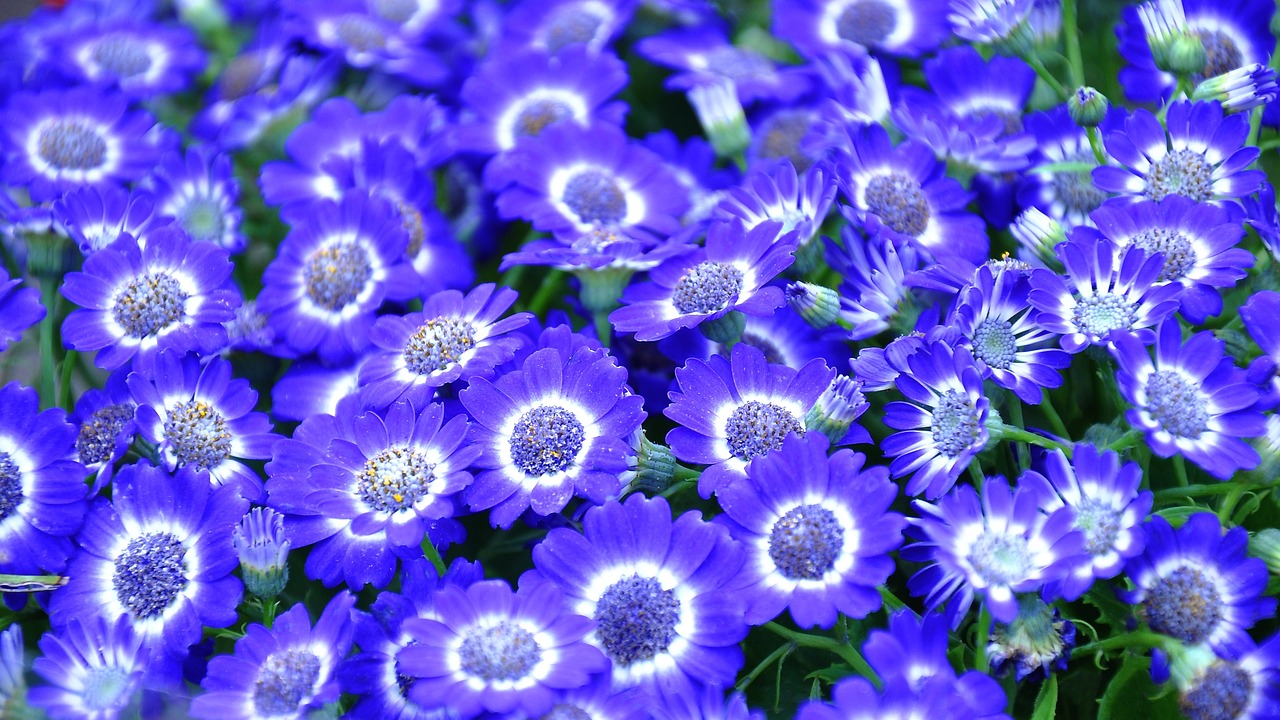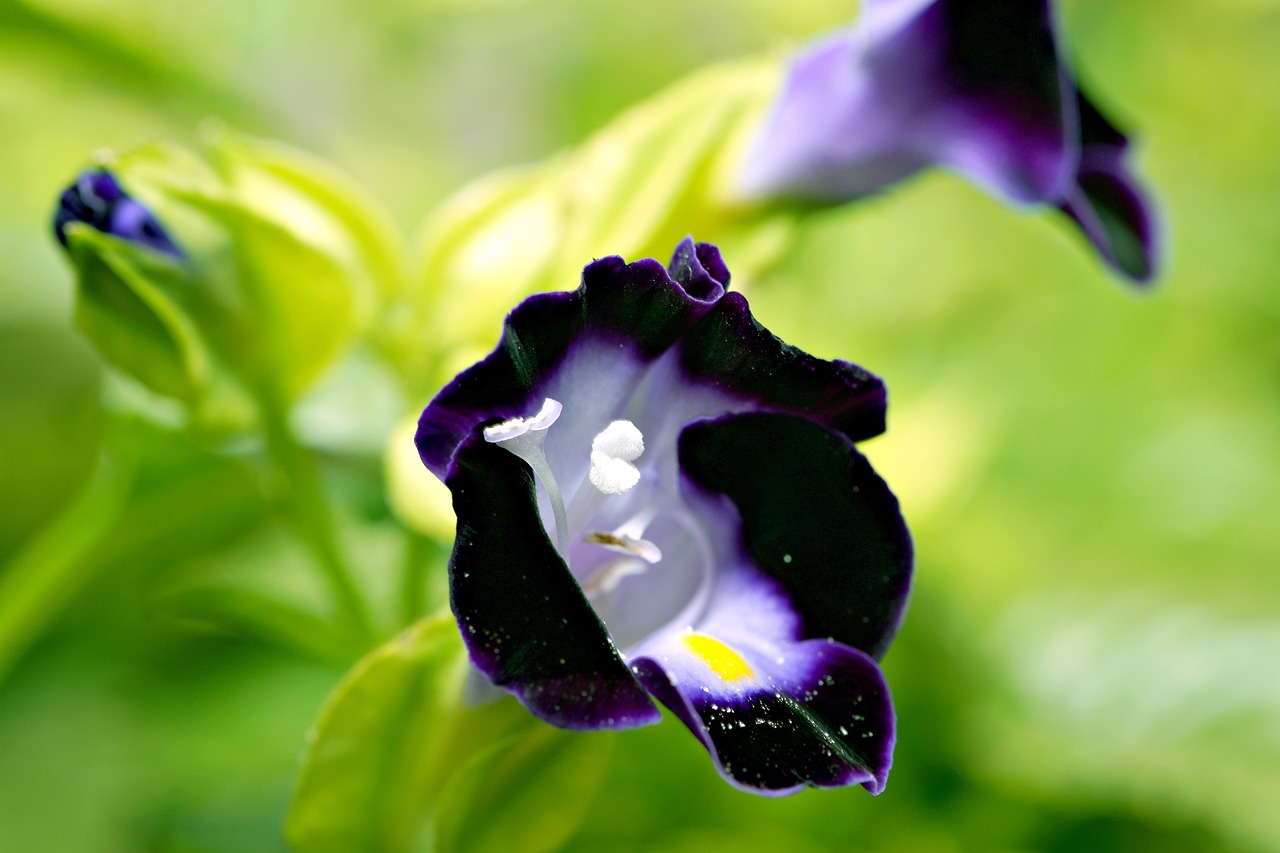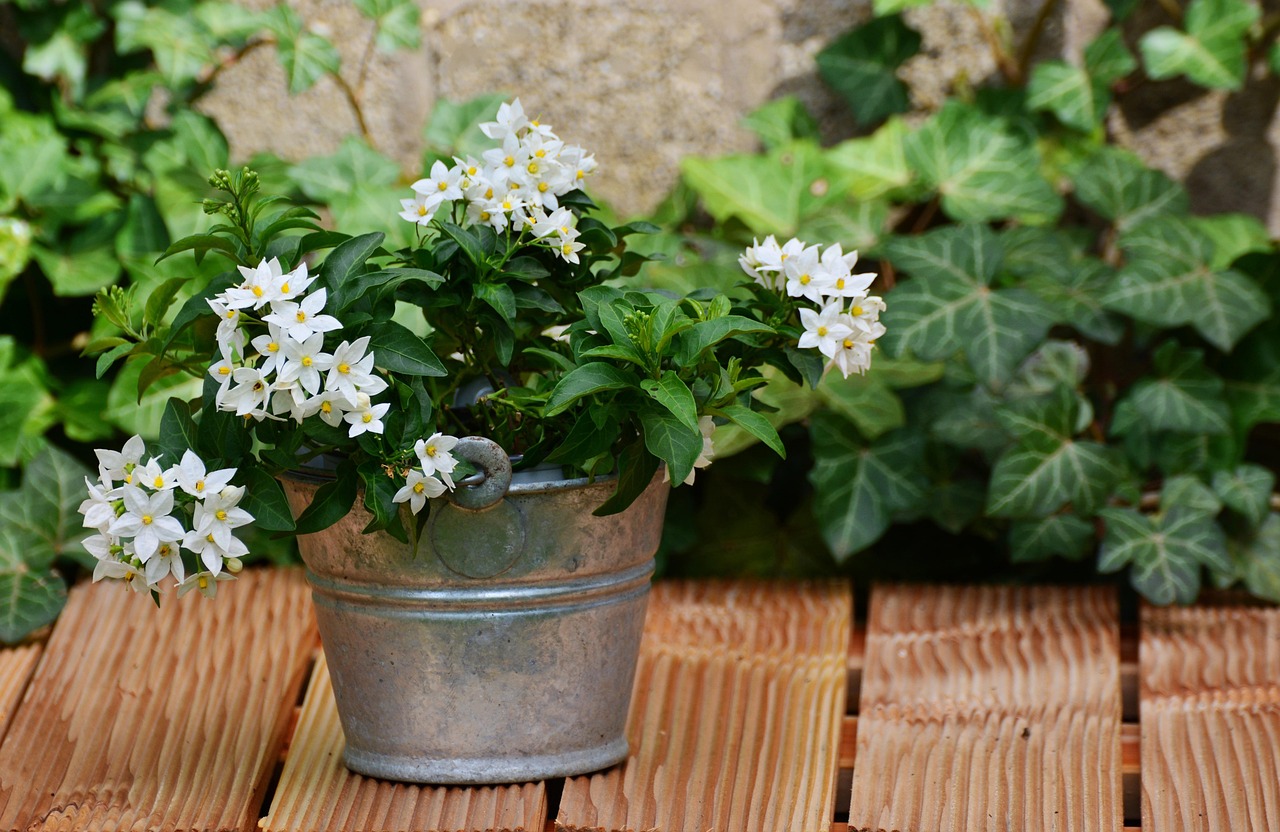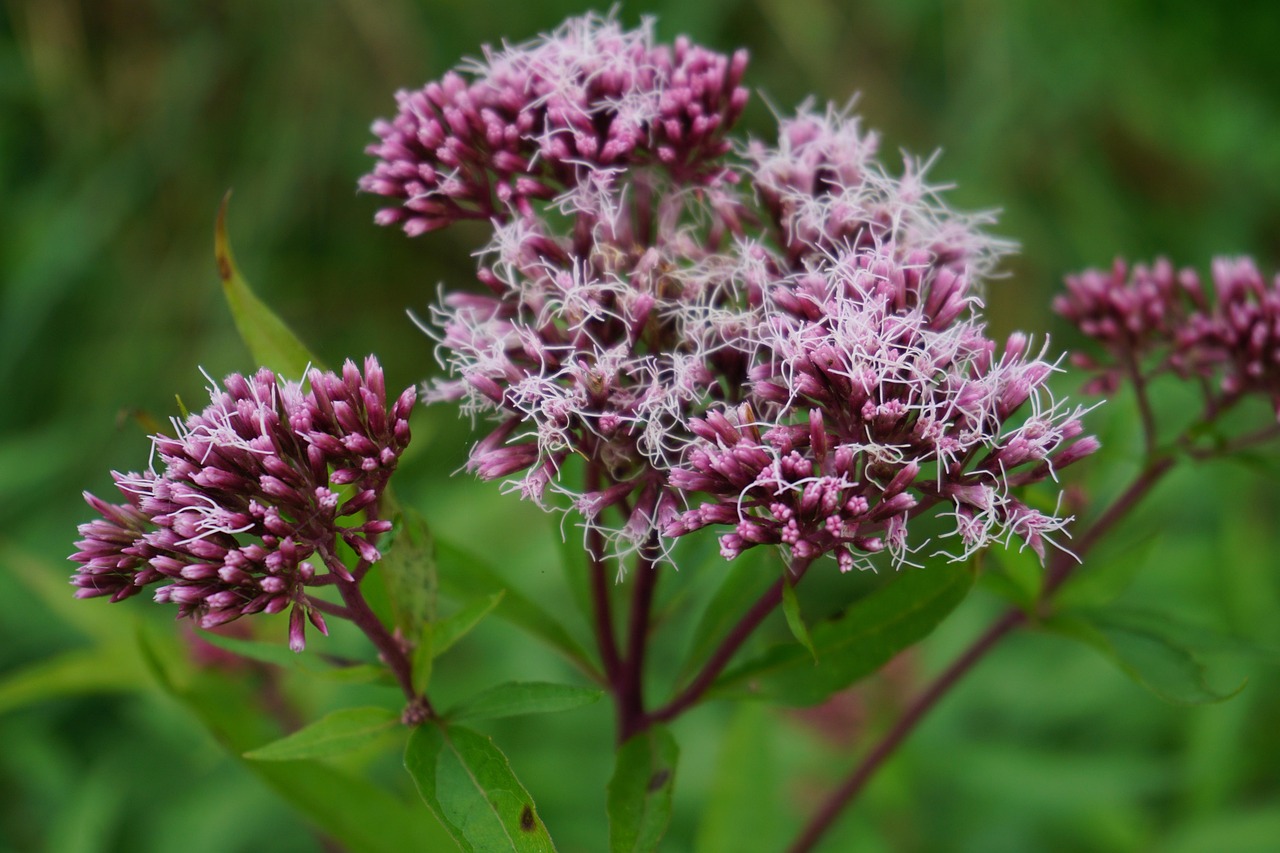Gentian | A Plant Rooted in the Mountains of Europe
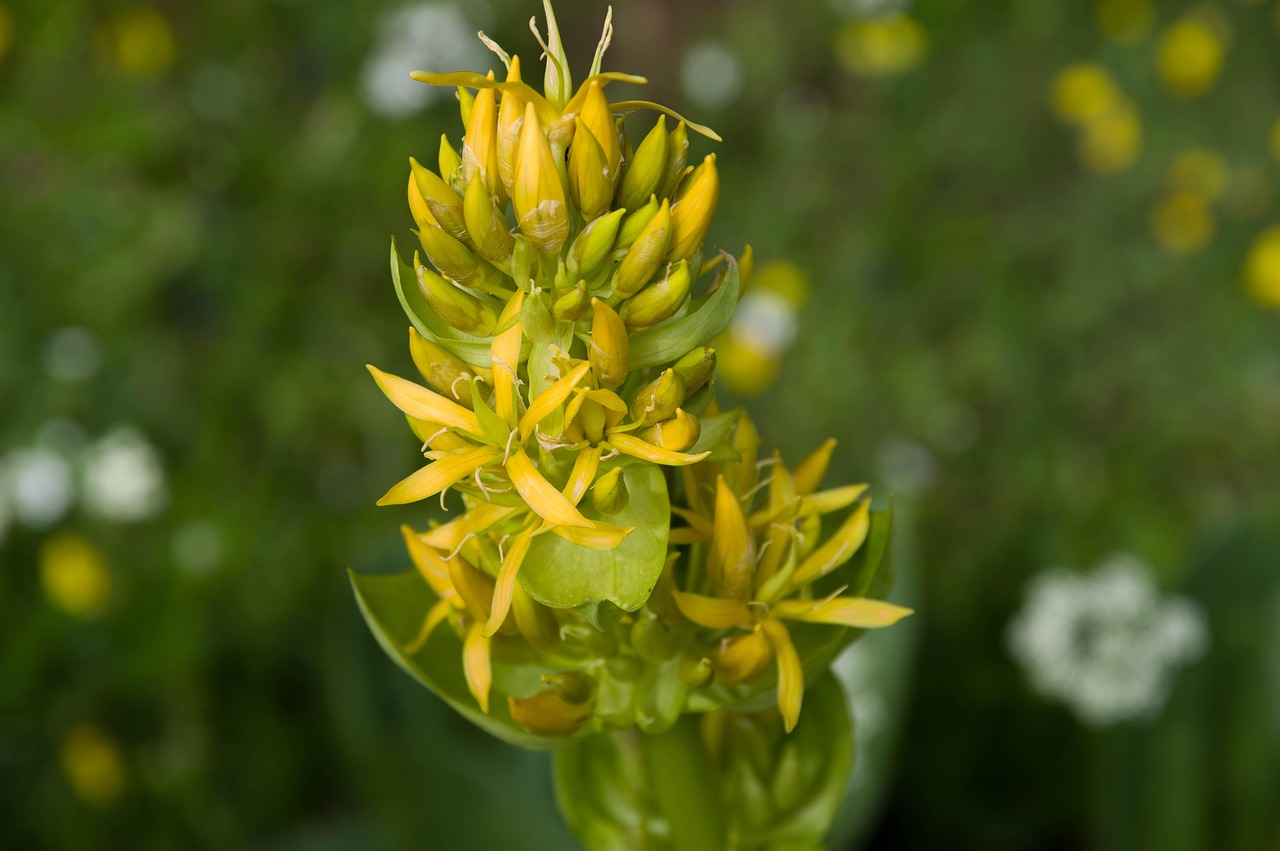
Gentian is a perennial plant admired for its bright yellow flowers and its dignified form.
It grows naturally in the mountainous regions of Europe, and its blossoms, which appear from early to mid-summer, add a beautiful accent to the natural landscape.
In this article, I will introduce in detail the basic information about gentian, its cultural meanings, historical background, and tips for cultivation.
Basic Information
- Scientific name: Gentiana lutea
- Family: Gentianaceae
- Origin: Mountain ranges of Central and Southern Europe (Alps, Pyrenees, Carpathians, etc.)
- Appearance: It grows to a height of about 1–1.5 meters. Along its thick, upright stems, whorled clusters of flowers bloom. The leaves are large, oval-shaped, and grow in opposite pairs. The yellow flowers bloom from June to August, giving a powerful, untamed impression.
- Flowering season: June–August
Cultural Significance Worldwide
Gentian has long been cherished in Europe as a mountain plant and carries a variety of cultural symbolism.
In the Alps, it is beloved by hikers and nature enthusiasts as one of the representative alpine plants, adding color to the mountain scenery.
In Switzerland and Austria, gentian flowers often appear in folk crafts and decorations inspired by mountain flora, symbolizing the blessings of nature and the richness of the mountains.
In some regions of France, gentian is used in local festivals and folk costumes as a symbol of mountain culture.
This plant has been deeply connected with traditional alpine life, valued not only for ornamental purposes but also for its cultural significance.
Historical Episodes
The name “gentian” is said to derive from Gentius, a king of ancient Illyria (in today’s Balkan Peninsula), who was fascinated by this plant.
During the Middle Ages, monks and scholars traveling through alpine regions studied gentian, recording it in botanical works and illustrations.
By the 19th century, with the development of plant taxonomy, gentian was formally classified and gained recognition as an ornamental plant.
Especially in paintings and natural histories depicting alpine life, gentian often appeared as a powerful and beautiful symbol of people living in harmony with nature.
Gardening Advice
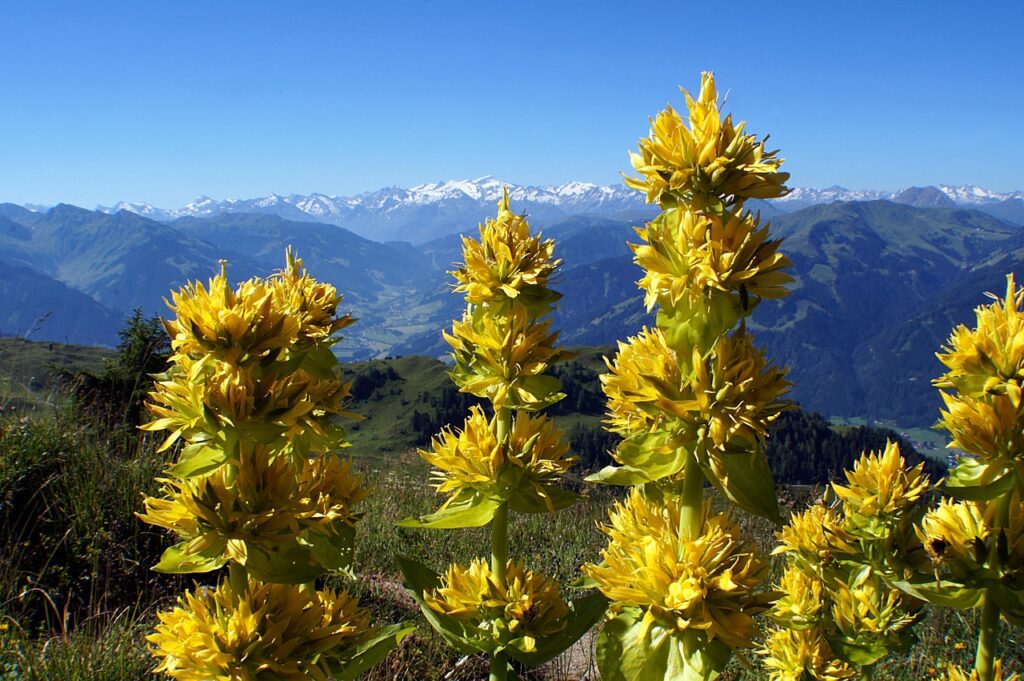
As a mountain plant, gentian thrives in cool climates and well-drained conditions. Though it requires some care, its beauty is well worth the effort.
Sunlight
Prefers sunny spots, but in areas with strong summer sunlight, partial shade is more suitable.
Watering
Water thoroughly when the surface soil dries. Avoid overwatering, and ensure good drainage to prevent root rot.
Soil
Prefers slightly alkaline to neutral, well-drained soil. A mix of sandy soil with compost is ideal.
Fertilizer
Apply a small amount of slow-release fertilizer in early spring and early summer before flowering. Avoid over-fertilization.
Repotting
For potted plants, repot every few years to prevent root crowding. In-ground plants usually do not need repotting.
Wintering
As a cold-hardy species, gentian tolerates winter, but potted plants should be placed in a sheltered spot away from harsh winds.
Conclusion
Gentian is a majestic perennial native to the mountains of Europe, noted for its striking yellow flowers in summer.
Its name derives from King Gentius of antiquity, and since the Middle Ages, it has been deeply embedded in natural history and cultural traditions.
Having grown alongside alpine culture, gentian has been loved in many countries as a symbol of the mountains.
Although cultivation requires some effort, it is an ideal choice for those who wish to bring the quiet yet powerful beauty of nature into their gardens.

